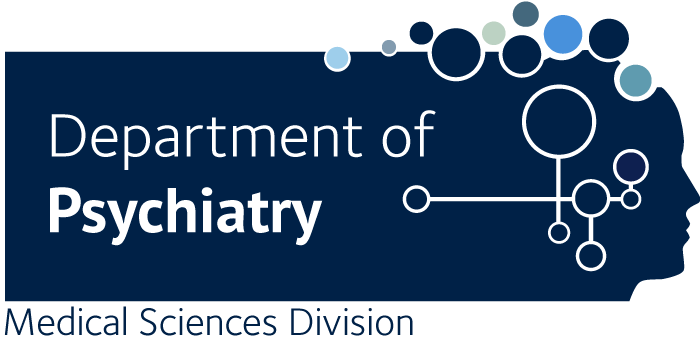Prefronto-cerebellar transcranial direct current stimulation improves sleep quality in euthymic bipolar patients: a brief report.
Minichino A., Bersani FS., Spagnoli F., Corrado A., De Michele F., Calò WK., Primavera M., Yang B., Bernabei L., Macrì F., Vergnani L., Biondi M., Delle Chiaie R.
INTRODUCTION: Sleep problems are common in bipolar disorder (BD) and may persist during the euthymic phase of the disease. The aim of the study was to improve sleep quality of euthymic BD patients through the administration of prefronto-cerebellar transcranial direct current stimulation (tDCS). METHODS: 25 euthymic outpatients with a diagnosis of BD Type I or II have been enrolled in the study. tDCS montage was as follows: cathode on the right cerebellar cortex and anode over the left dorsolateral prefrontal cortex (DLPFC); the intensity of stimulation was set at 2 mA and delivered for 20 min/die for 3 consecutive weeks. The Pittsburgh Sleep Quality Index (PSQI) was used to assess sleep quality at baseline and after the tDCS treatment. RESULTS: PSQI total score and all PSQI subdomains, with the exception of "sleep medication," significantly improved after treatment. DISCUSSION: This is the first study where a positive effect of tDCS on the quality of sleep in euthymic BD patients has been reported. As both prefrontal cortex and cerebellum may play a role in regulating sleep processes, concomitant cathodal (inhibitory) stimulation of cerebellum and anodal (excitatory) stimulation of DLPFC may have the potential to modulate prefrontal-thalamic-cerebellar circuits leading to improvements of sleep quality.

